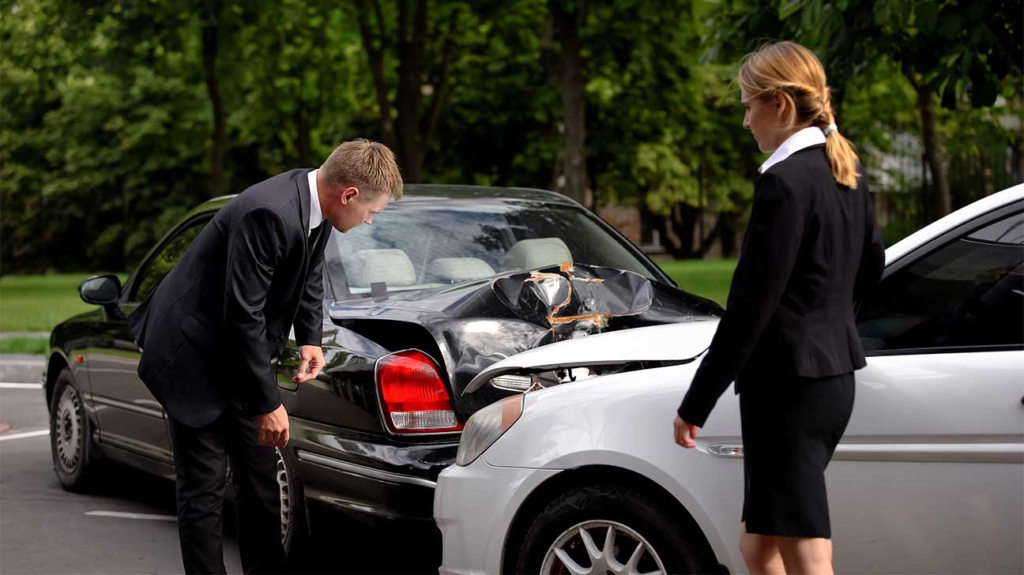Slip accidents are among the most common yet often overlooked hazards in both public and private spaces. Whether at home, in the workplace, or in commercial areas, these incidents can lead to serious injuries, financial burdens, and even legal consequences. This article delves into the causes of slip accidents, effective prevention strategies, and the legal implications for property owners and victims alike.Slip accidents typically occur due to a combination of environmental factors and human behavior. Some of the most common causes include:
- Wet or slippery surfaces: Spills, recently mopped floors, or rainy weather can create hazardous conditions.
- Uneven flooring: Loose tiles, cracked pavement, or poorly maintained carpets can trip individuals.
- Inadequate lighting: Poor visibility makes it difficult to spot potential slip hazards.
- Lack of warning signs: Failure to mark wet floors or construction zones increases the risk of accidents.
- Improper footwear: Wearing shoes with insufficient traction can contribute to slips.
Understanding these causes is the first step toward preventing slip accidents. Property owners, employers, and individuals must take proactive measures to minimize risks.Preventing slip accidents requires a combination of awareness, maintenance, and adherence to safety protocols. Here are some effective strategies:
- Regular inspections: Conduct routine checks to identify and address potential hazards like leaks or uneven surfaces.
- Prompt cleanup: Spills should be cleaned immediately, and warning signs should be placed until the area is dry.
- Non-slip flooring: Install slip-resistant mats or coatings in high-risk areas such as bathrooms, kitchens, and entryways.
- Proper lighting: Ensure all walkways are well-lit to help people spot hazards.
- Employee training: In workplaces, staff should be trained to recognize and report slip hazards.

By implementing these measures, the likelihood of slip accidents can be significantly reduced.When a slip accident occurs, the consequences can extend beyond physical injuries. Victims may face medical expenses, lost wages, and long-term rehabilitation. In such cases, legal action may be necessary to seek compensation. Property owners have a duty of care to maintain safe environments, and negligence can result in liability.Key legal considerations include:
- Proving negligence: The victim must demonstrate that the property owner knew or should have known about the hazard.
- Documenting evidence: Photos of the accident scene, witness statements, and medical records are crucial for building a case.
- Statute of limitations: Legal claims must be filed within a specific timeframe, which varies by jurisdiction.
Slip accidents are preventable with the right precautions, but when they do happen, understanding your rights and responsibilities is essential. Whether you’re a property owner or a victim, staying informed can help mitigate risks and ensure justice is served.

